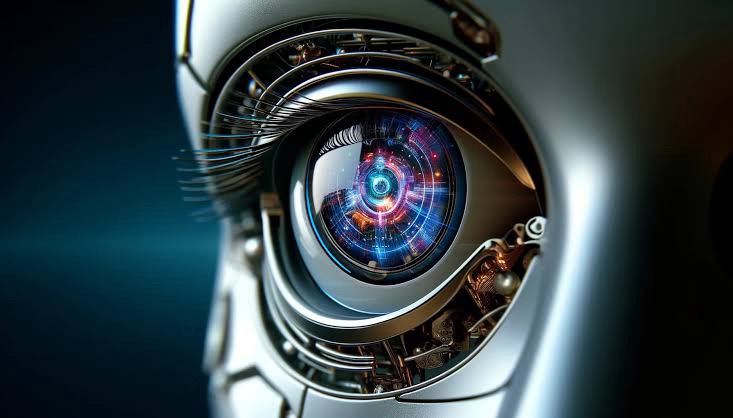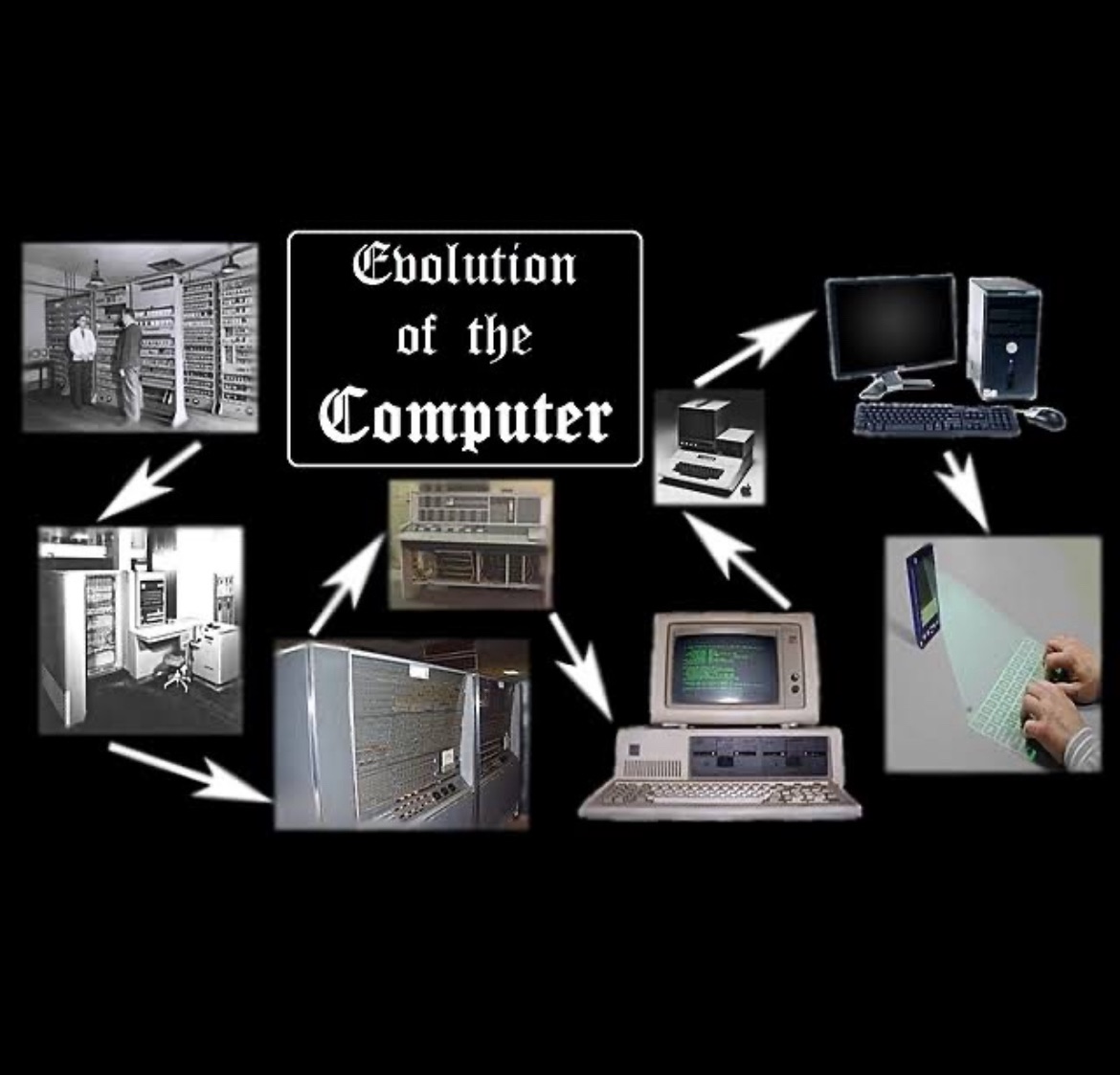Computer Vision 101: Basics, Applications, and Future Trends

Computer Vision (CV) is a fascinating field of artificial intelligence (AI) that enables machines to interpret and make decisions based on visual data, similar to how humans process images and videos. This technology has seen rapid advancements in recent years, largely due to the increase in computing power, the availability of large datasets, and the development of sophisticated algorithms. In this blog post, we’ll explore the fundamentals of computer vision, how it works, and the various applications that are transforming industries.
What is Computer Vision?
Computer vision is a branch of AI that focuses on teaching computers to understand and interpret the visual world. By analyzing digital images and videos, computer vision systems can identify objects, track movements, recognize faces, and much more. The goal is to automate tasks that the human visual system can do, such as recognizing objects, understanding scenes, and making decisions based on visual inputs.
How Does Computer Vision Work?
Computer vision relies on a combination of techniques from image processing, machine learning, and deep learning to process and analyze visual data. Here’s a basic overview of how computer vision works:
1. Image Acquisition
The first step in computer vision is capturing visual data through cameras, sensors, or other imaging devices. This data can be in the form of images or video sequences.
2. Image Preprocessing
Before analyzing the visual data, it often needs to be preprocessed to enhance its quality and make it easier for algorithms to process. This may involve tasks such as noise reduction, contrast enhancement, or image resizing.
3. Feature Extraction
Feature extraction involves identifying important patterns or features within the visual data. For example, in an image of a cat, features might include the shape of the ears, the texture of the fur, or the eyes. Traditional methods involve edge detection, texture analysis, and keypoint detection, while modern approaches often use deep learning models to automatically learn features.
4. Object Detection and Recognition
Once features are extracted, the next step is to detect and recognize objects within the image or video. This can involve classifying objects into predefined categories (e.g., identifying a car, person, or dog) or locating specific objects within a scene.
5. Interpretation and Decision-Making
Finally, the system interprets the recognized objects and makes decisions based on the visual data. This could involve actions such as labeling objects, tracking their movements, or triggering specific responses (e.g., stopping a self-driving car if a pedestrian is detected).
Applications of Computer Vision
Computer vision has a wide range of applications across various industries, from healthcare and automotive to retail and entertainment. Here are some of the most impactful applications:
1. Autonomous Vehicles
One of the most well-known applications of computer vision is in autonomous vehicles. CV systems enable self-driving cars to “see” their environment, recognize traffic signs, detect obstacles, and navigate safely through traffic. These systems rely on a combination of cameras, lidar, and radar to process real-time visual data and make driving decisions.
2. Facial Recognition
Facial recognition is another popular application of computer vision. This technology is used for security and authentication purposes, allowing systems to recognize and verify individuals based on their facial features. It’s widely used in smartphones for unlocking devices, in airports for security checks, and by law enforcement for identifying suspects.
3. Healthcare Imaging
In healthcare, computer vision is revolutionizing medical imaging by assisting doctors in diagnosing diseases. CV algorithms can analyze X-rays, MRIs, and CT scans to detect abnormalities, such as tumors or fractures, with high accuracy. This technology is particularly useful in areas like radiology, where it can help in early detection of conditions like cancer.
4. Retail and E-commerce
Retailers are leveraging computer vision to enhance the shopping experience. For example, some stores use CV to track customer movements and optimize store layouts. In e-commerce, visual search tools allow customers to search for products by uploading images, while virtual try-on features enable users to see how clothing or accessories would look on them.
5. Agriculture
In agriculture, computer vision is used for monitoring crops, detecting diseases, and optimizing harvests. Drones equipped with cameras can capture aerial images of fields, which are then analyzed by CV algorithms to assess crop health and identify areas that need attention. This helps farmers make data-driven decisions to improve yield and reduce waste.
6. Manufacturing
Computer vision is widely used in manufacturing for quality control and automation. CV systems can inspect products on assembly lines, detecting defects or inconsistencies at high speeds. This reduces the need for manual inspection and improves the overall efficiency and accuracy of production processes.
7. Sports Analytics
In sports, computer vision is used for performance analysis, player tracking, and even officiating. CV systems can analyze video footage to track player movements, assess tactics, and provide insights into player performance. This technology is also used in video-assisted refereeing (VAR) to make accurate decisions in real-time.
Challenges in Computer Vision
Despite its many successes, computer vision faces several challenges:
1. Variability in Visual Data
The real world is highly variable, with different lighting conditions, perspectives, and occlusions that can make it difficult for CV systems to accurately interpret visual data. For example, an object might look different under various lighting conditions or when partially obscured.
2. Large Datasets
Training deep learning models for computer vision requires large amounts of labeled data. Collecting and annotating these datasets can be time-consuming and expensive. Moreover, models trained on one dataset may not generalize well to other datasets, leading to a phenomenon known as “domain shift.”
3. Real-Time Processing
For applications like autonomous driving, computer vision systems need to process visual data in real-time. This requires significant computational power and optimized algorithms to ensure quick and accurate decision-making.
4. Ethical and Privacy Concerns
The use of computer vision, particularly in areas like facial recognition, raises ethical and privacy concerns. There are debates about the potential for surveillance, discrimination, and misuse of CV technology, leading to calls for regulation and responsible use.
The Future of Computer Vision
As technology continues to advance, the future of computer vision looks promising. Key trends to watch include:
1. Improved Algorithms
Ongoing research in deep learning, particularly in areas like convolutional neural networks (CNNs) and transformers, is leading to more accurate and efficient CV models. These advancements will enable better object recognition, scene understanding, and real-time processing.
2. Integration with Other AI Technologies
Computer vision will increasingly be integrated with other AI technologies, such as natural language processing (NLP) and reinforcement learning, to create more sophisticated and versatile systems. For example, combining CV with NLP could enable systems to understand and respond to visual content in a more human-like manner.
3. Edge Computing
With the rise of edge computing, computer vision will become more accessible and scalable. By processing visual data locally on devices rather than relying on cloud servers, CV applications can achieve lower latency and greater privacy.
4. Ethical AI
As awareness of the ethical implications of computer vision grows, there will be a greater emphasis on developing fair, transparent, and accountable CV systems. This includes addressing biases in training data, ensuring privacy protection, and promoting responsible AI use.
Conclusion
Computer vision is a powerful and rapidly evolving field that is transforming industries and enhancing our daily lives. From enabling autonomous vehicles and improving healthcare diagnostics to enhancing retail experiences and optimizing manufacturing, the applications of CV are vast and varied. As technology continues to advance, computer vision will play an increasingly central role in shaping the future of AI and its impact on society. Whether you’re a developer, a business leader, or simply someone interested in the latest technological trends, understanding computer vision and its applications is essential for navigating the digital landscape of tomorrow.







 Total views : 2882
Total views : 2882